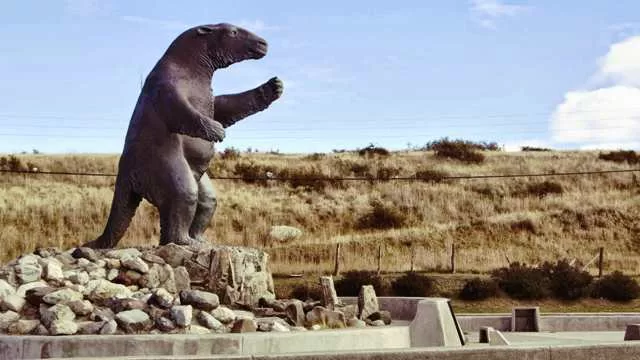Professor Florentino Amanghino, an esteemed Argentine scientist (1854 – 1911), is celebrated as the founding father of South American paleontology. His groundbreaking work laid the foundation for the field, influencing researchers worldwide.
However, a peculiar incident during his career would challenge his scientific convictions and spark intrigue about the mysteries of extinct species.
One day, Amanghino received an unexpected package from Patagonia, a region known for its rich fossil beds and unique wildlife. Inside was a piece of hide, accompanied by a note from local hunters who had killed an unidentified animal. The specimen was fresh and pliable, leading Amanghino to consult a colleague about its age. The colleague estimated it to be no more than a year old, raising questions about its origin.
When Amanghino boldly declared that the hide belonged to a giant sloth, his colleague reacted with disbelief. “Are you mad? The giant sloth died out 25 million years ago!” he exclaimed. Despite the skepticism, Amanghino remained steadfast in his identification, convinced that he had stumbled upon evidence of a creature thought to be long extinct.
This incident raises fascinating questions: Could remnants of extinct species still exist in the remote wilderness of Patagonia? While mainstream science largely dismisses the idea, tales of mysterious creatures continue to circulate among locals and adventurers alike.
Amanghino’s experience serves as a reminder of the vast unknowns in our natural world. As we explore the depths of uncharted territories, the possibility of discovering living remnants of the past remains an alluring prospect, inviting both scientific inquiry and imaginative speculation.

